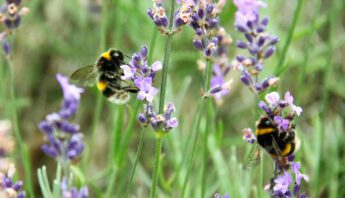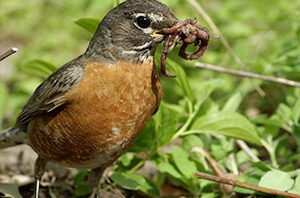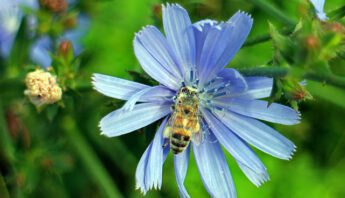Scientists from the U.S. Geological Service have published findings that two metabolites — or what is left when a chemical is broken down — of a widely used neonicotinoid insecticide have been found in tap water. The findings are sparking public health concerns, as one of the metabolites is 319 times more toxic to mammals than the parent neonicotinoid chemical, imidacloprid.
Scientists from the U.S. Geological Service have published findings that two metabolites — or what is left when a chemical is broken down — of a widely used neonicotinoid insecticide have been found in tap water. The findings are sparking public health concerns, as one of the metabolites is 319 times more toxic to mammals than the parent neonicotinoid chemical, imidacloprid.
In addition, the scientists determined through laboratory studies that a neonicotinoid-derived chlorine byproduct is likely produced during common water disinfection treatments such as chlorination. This is concerning as other chlorine-based byproducts formed during water treatment have been linked to cancer and birth defects.
Harmful across species
These findings came about when the USGS scientists paired up with scientists from the University of Iowa in a federally-funded collaboration to track neonicotinoid pesticides or “neonics” in tap water.
Neonics are neurotoxic insecticides that are notorious for being extremely harmful to bees and other pollinators, and these findings reveal that the health of rural communities may also be at risk. Emerging research suggests that exposure to neonics in the womb or early in life could be linked with developmental defects including autism, heart deformations, muscle tremors and memory loss.
So the fact that imidacloprid has been found in tap water at all is alarming, much less this latest news that that the metabolites — or what is left when the neonic is broken down — are over 300 times more toxic to mammals.
What’s the plan, EPA?
Neonicotinoids are very widely used, with nearly 100% of field corn and 50% of soybean seeds coated with the chemicals, and these seeds are planted on approximately 150 million acres of U.S. farmland. The new evidence demands immediate attention and action.
PAN Senior Scientist Marcia Ishii-Eiteman shared,
“The Environmental Protection Agency (EPA) must ensure that these untested neonic-derived byproducts are included in its upcoming assessment of the human health risks associated with neonicotinoids. And the U.S. Department of Agriculture (USDA) — an agency with a long and troubled history of supporting the pesticide industry’s interests over farmers’ health and livelihoods — must reverse course and provide farmers with meaningful options for accessing non-coated seeds.”
Many farmers across the country have already transitioned toward non-toxic, ecological crop management methods, showing that this can and must be done, for the sake of our health.







